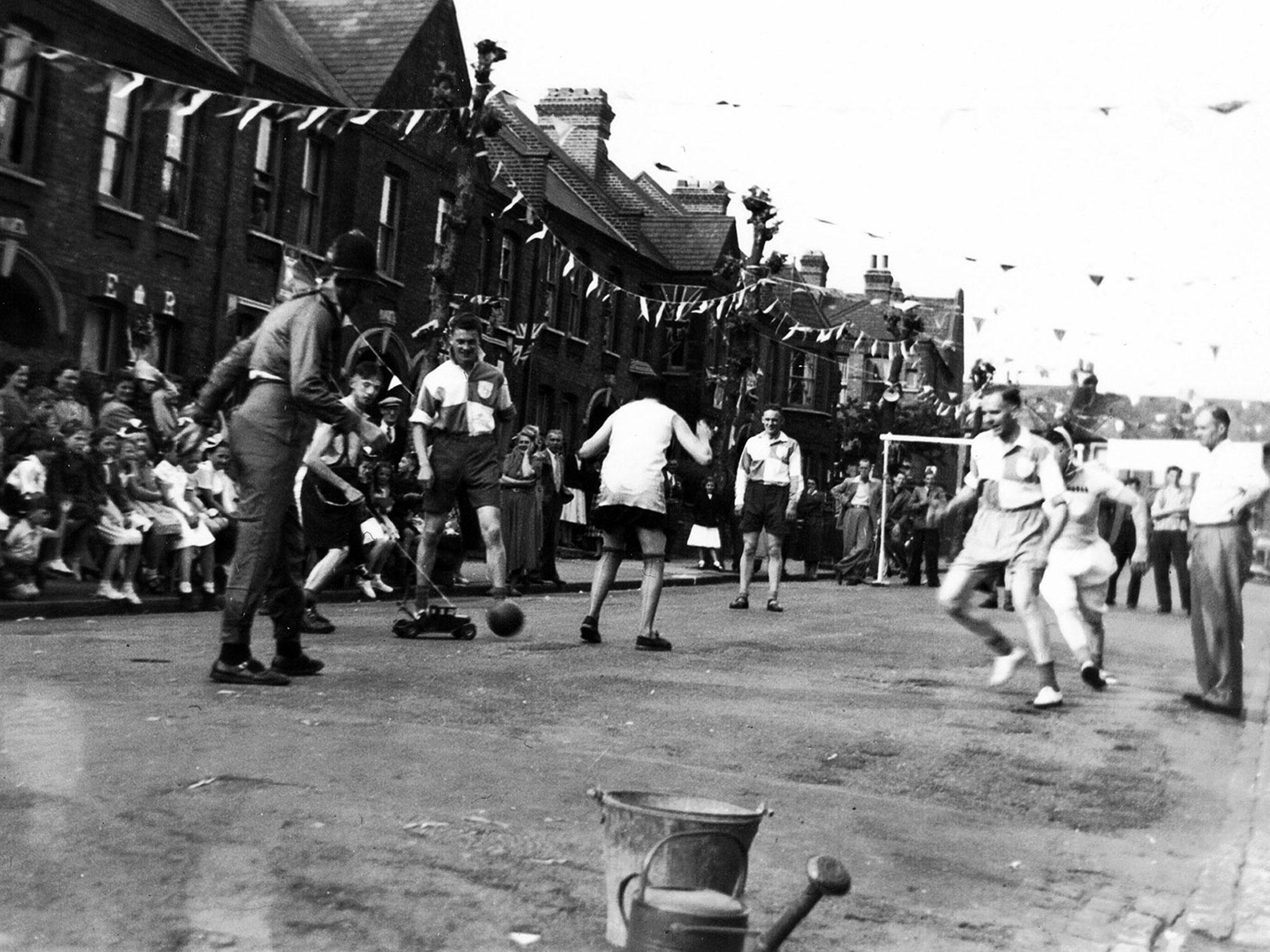The exhibition uncovering the working class memories of London's Waltham Forest Warner Estate
A new exhibition is taking a look back at working class culture in the Waltham Forest's Warner estate, in an area of north east london that is being slowly gentrified

Your support helps us to tell the story
From reproductive rights to climate change to Big Tech, The Independent is on the ground when the story is developing. Whether it's investigating the financials of Elon Musk's pro-Trump PAC or producing our latest documentary, 'The A Word', which shines a light on the American women fighting for reproductive rights, we know how important it is to parse out the facts from the messaging.
At such a critical moment in US history, we need reporters on the ground. Your donation allows us to keep sending journalists to speak to both sides of the story.
The Independent is trusted by Americans across the entire political spectrum. And unlike many other quality news outlets, we choose not to lock Americans out of our reporting and analysis with paywalls. We believe quality journalism should be available to everyone, paid for by those who can afford it.
Your support makes all the difference.Like Hackney, Brixton, and Peckham before it, the London borough of Waltham Forest is an area whose name is becoming synonymous with artisan coffee shops, gentrification and the disappearance of working class communities.
It is a snippet of these communities which artists Lucy Harrison and Katherine Green document in their exhibition of photography and archive materials from the Warner Estate – widely thought of as one of the country’s most successful and affordable housing developments.
Harrison and Green collected photographs from current and former residents, and put out a call in the local area. “We've even received photographs from Australia and America,” says Harrison.
Wealthy landowner Thomas Warner started work on the estate in the late 1880s, with further plots added in the twenties, thirties and fifties, following the Blitz.
The flats and houses, neatly painted in cream with a grass green door, were designed for the working classes, “although not the very poor,” says Harrison. Prospective tenants had to apply to the company and pass a strict vetting process before being able to claim one of the properties as their own.
“Many residents felt living in a Warner property was like being part of an exclusive club,” says Harrison. It is that sentiment that the photographs capture, from the families celebrating the 1981 Royal Wedding to an elderly couple toasting Christmas with glasses of sherry.
From the 1970s, the properties, which housed up to 6,000 tenant at one point, were gradually sold off. By 2002, the remaining 750 were sold off to a housing association. They are now a mixture of privately owned and rented properties, with some used as social housing.
“More recently they have become highly sought after, and there has been a new wave of young middle-class people moving in,” says Harrison.
“Two bedroom flats, first sold for around £2,400 in the 1960s, now go on the market for more than £400,000.”
… And the uniform paintwork and gardens long-forgotten.
'WE: The Ex-Warner Estate in Waltham Forest' is running from 29 October 2016 until th 19 February 2017 at Vestry House Museum, Vestry Road, London E17 9NH
Join our commenting forum
Join thought-provoking conversations, follow other Independent readers and see their replies
Comments